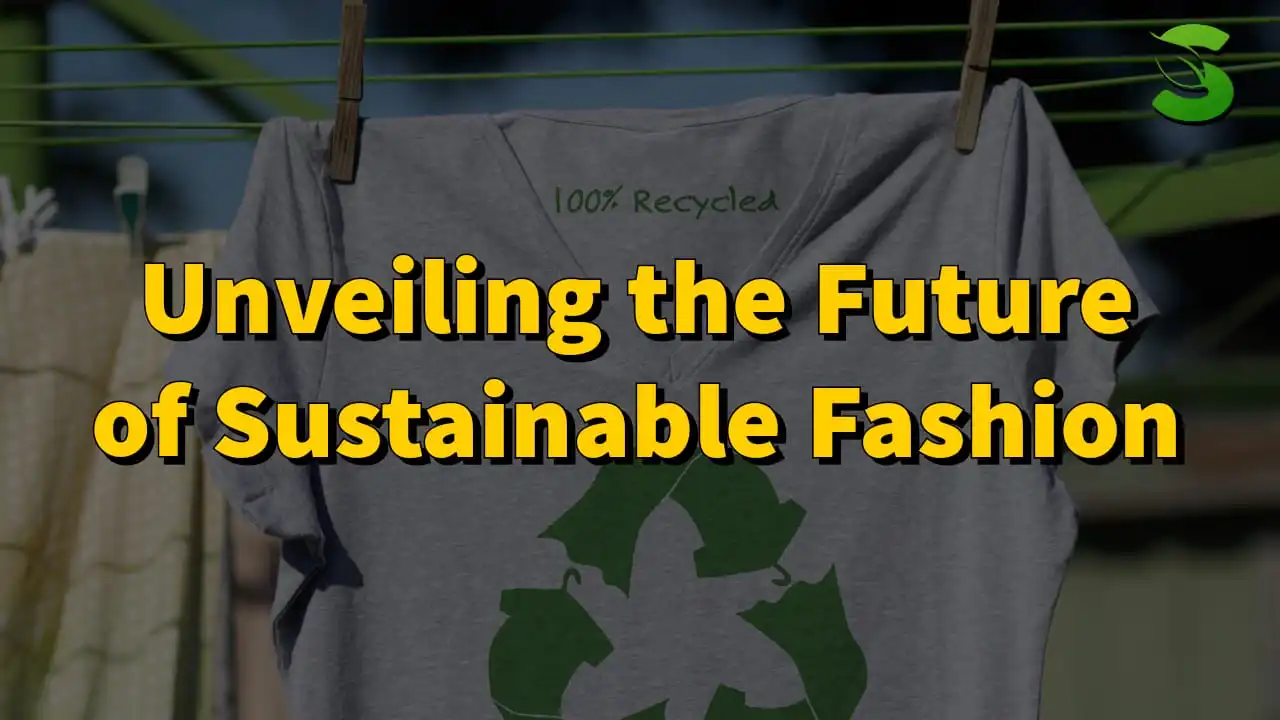In a world where environmental consciousness is at the forefront, the concept of sustainable fashion has emerged as a beacon of change. Sustainable fashion goes beyond style; it encompasses responsible practices that consider the planet and its people. This article delves into the intricacies of sustainable fashion, exploring its definition, significance, and the environmental and social impacts it addresses.
Current Challenges and Issues
Fast Fashion’s Toll The fashion industry’s rapid production, known as fast fashion, contributes significantly to environmental degradation. This section explores the consequences of this unsustainable approach, shedding light on the urgent need for change.
Textile Waste and Its Burden The immense amount of textile waste generated by the fashion industry is a pressing issue. We discuss the challenges posed by textile waste and its detrimental effects on the environment.
Unethical Labor Practices Another dark facet of the fashion industry involves unethical labor practices. This subsection examines the exploitation of laborers and the need for fair and humane working conditions.
Innovative Solutions
Circular Fashion: Closing the Loop Circular fashion is a revolutionary concept that aims to eliminate waste by designing products with the entire lifecycle in mind. This section explores how circular fashion is transforming the industry.
Upcycling: Giving New Life Upcycling, the creative process of turning discarded items into valuable products, is gaining traction. We discuss how upcycling not only reduces waste but also fosters creativity in the fashion world.
Eco-Friendly Materials: Paving the Sustainable Path Exploring materials that have a lower environmental impact is crucial. This part of the article introduces readers to eco-friendly materials that are shaping the future of sustainable fashion.
Technology and Sustainability
Advancements in Materials Technological innovations have paved the way for sustainable materials. From lab-grown fabrics to bioengineered textiles, this section examines how technology is revolutionizing the materials used in fashion.
Production Techniques: A Greener Approach Sustainable production techniques, such as 3D printing and waterless dyeing, are reducing the ecological footprint of the fashion industry. We explore how technology is reshaping production processes.
Supply Chain Transparency Technology plays a pivotal role in establishing transparency in the fashion supply chain. This subsection discusses the importance of supply chain visibility and its positive impact on sustainability.
Consumer Demand and Changing Trends
Growing Demand for Sustainable Fashion Consumers are increasingly valuing sustainability. This part analyzes the rising demand for sustainable fashion and the factors driving this change in consumer behavior.
Changing Consumer Attitudes The mindset of consumers is evolving. We explore how awareness and education are shaping consumer attitudes towards ethical and sustainable fashion choices.
Collaboration and Partnerships
Importance of Collaboration Sustainable fashion requires a collective effort. This section emphasizes the significance of collaboration between fashion brands, NGOs, and government organizations.
Examples of Successful Collaborations Highlighting real-world examples, we showcase successful collaborations that have resulted in positive impacts on sustainable fashion initiatives.
Case Studies and Success Stories
Fashion Brands Embracing Sustainability Examining specific brands that have embraced sustainability, we delve into their journeys, the positive impacts they’ve made, and the lessons that can be learned from their experiences.
Impact and Lessons Learned Understanding the tangible impact of sustainable practices, this section concludes the case studies and success stories, providing valuable insights for the industry.
Future Outlook
Potential Trends Peering into the future, we explore potential trends that may shape the landscape of sustainable fashion in the years to come.
Innovations and Challenges This subsection discusses anticipated innovations and the challenges that the industry may face as it strives for a more sustainable future.
Call to Action
Encouraging Sustainable Choices Empowering readers to make conscious choices, this section provides practical tips on how individuals can contribute to a more sustainable fashion industry.
Tips and Resources Concluding the call to action, we offer additional resources and tips to guide readers on their journey toward supporting sustainable fashion.
Conclusion
In unveiling the future of sustainable fashion, it becomes evident that the industry stands at a crucial crossroads. The choices made today will shape the tomorrow of fashion. Embracing sustainability is not just a trend; it is a responsibility we owe to our planet and future generations.
FAQs
- Q: Why is sustainable fashion important? A: Sustainable fashion addresses environmental and social issues, promoting responsible practices in the industry.
- Q: What are some examples of eco-friendly materials in fashion? A: Eco-friendly materials include organic cotton, Tencel, and recycled polyester.
- Q: How can consumers contribute to sustainable fashion? A: Consumers can make conscious choices, support ethical brands, and recycle or upcycle clothing.
- Q: What is circular fashion? A: Circular fashion is an approach that aims to minimize waste by designing products with a focus on their entire lifecycle.
- Q: Can technology really make the fashion industry more sustainable? A: Yes, technology plays a crucial role in developing sustainable materials, production techniques, and supply chain transparency.
ALSO READ | Sustainable Living vs. Fast Fashion: You Choose







